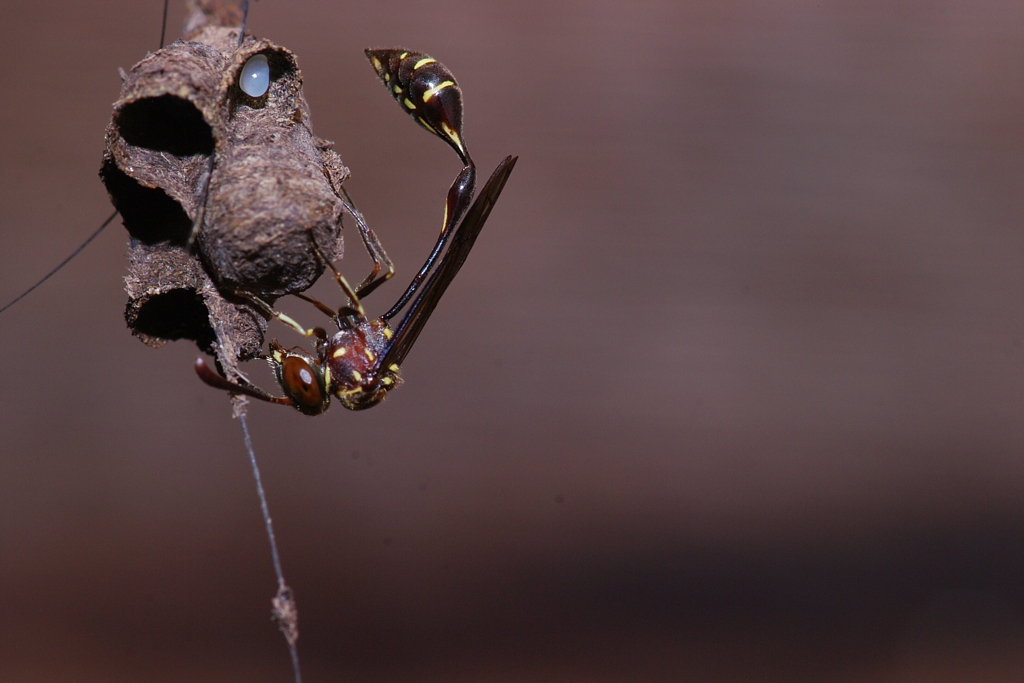
Growing up on a small farm, I was able to get to know the insects that lived on the property pretty well. Some I liked, and some I hated. I hated the mud dauber wasps that built organ-pipe shaped cavities for their eggs on the side of our chicken coop and always seemed poised to sting me. On the other hand, I became fond of ants; they hypnotized me with their affable industry, hauling food back to their nests or moving larvae to a new home.
In my “Matter” column today for the New York Times, I take a look at a new study that has produced an evolutionary tree of ants and their relatives.
I was surprised to find that those mud dauber wasps look to be closely related to ants. In fact, the authors of the study argue, ants started out as a similar kind of predatory wasp. And in those waspish origins may lay the roots of the remarkably complex societies of ants. Check it out.